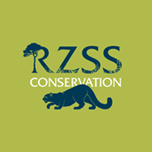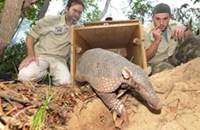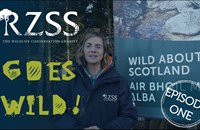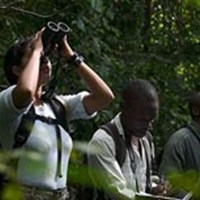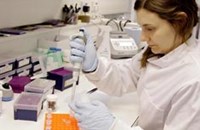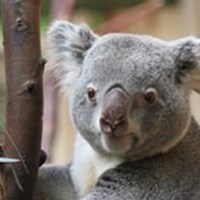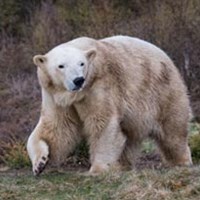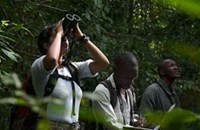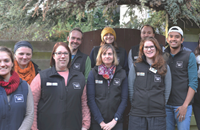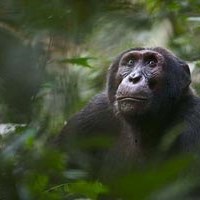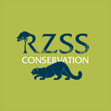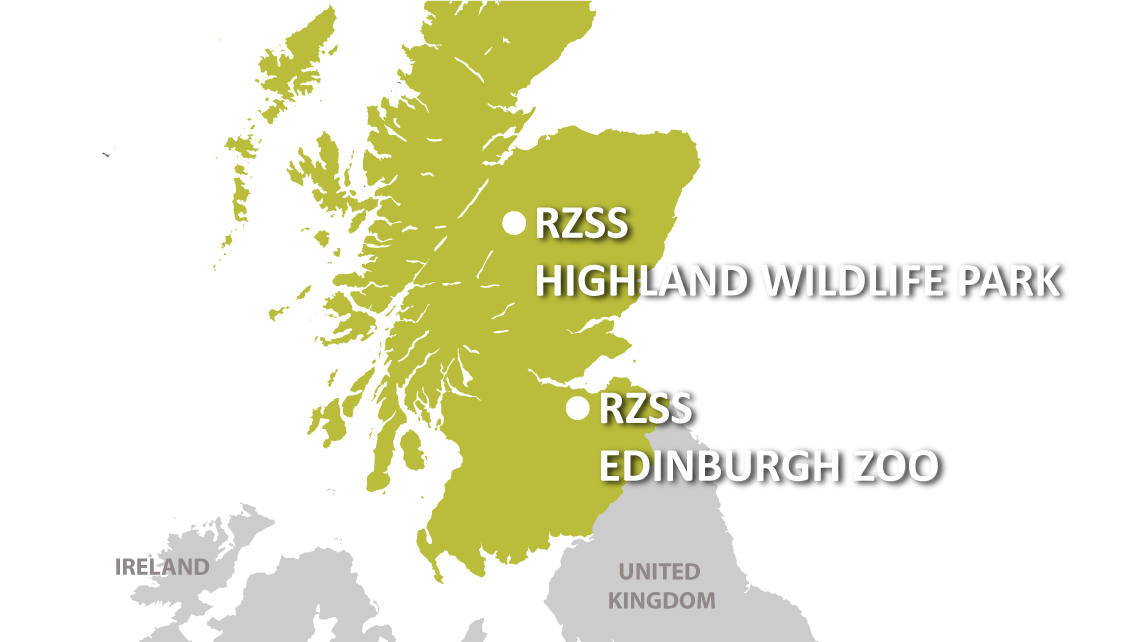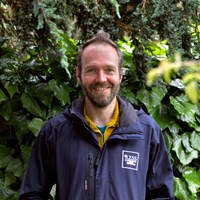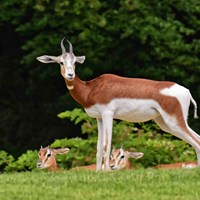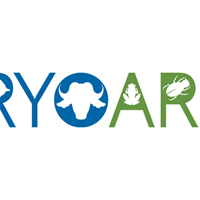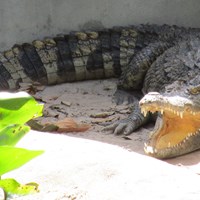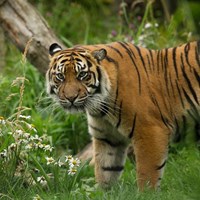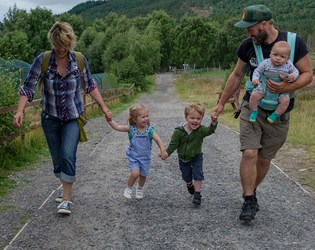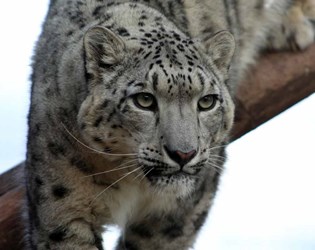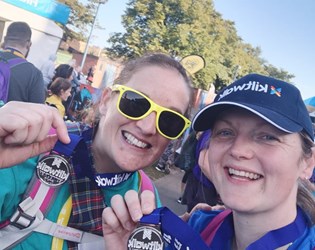Capercaillie genetics
Previously driven to extinction in the UK, capercaillie were reintroduced in the 19th century and today have a limited distribution across Scotland. But these huge birds, the largest species of grouse in the world, have suffered a 90% decline since the mid-1970’s and it's possible that there are now less than 1,000 capercaillie left in the UK. Their last strong hold is in the Cairngorms National Park, which is home to over 80% of their population.
Thanks to the support of National Lottery players, the Cairngorms Capercaillie Project (CCP) is working with local communities in the Cairngorms National Park on a variety of initiatives to help secure the long-term future of capercaillie in the UK.
The RZSS WildGenes team are now supporting the work to conserve this iconic Scottish species and are eager to inform this next crucial stage. DNA analysis is a powerful tool when it comes to informing conservation practices and population management.
RZSS WildGenes capercaillie conservation timeline:
2014-2016
Develop genetic tools for this species
2017-2019
Gain genetic ‘fingerprints’ for birds in Kinveachy and Rothiemurchus Forests
2019 – 2020
Evaluate genetic quality of feathers collected across the Cairngorms National Park by the CCP
2020 – present
Estimate genetic diversity of the capercaillie population and investigate its origins to inform conservation management decisions
Project updates:
Ground breaking genetic research helps save native bird - 16/6/2021
Following the feathers - counting capercaillie in the Cairngorms – 1/7/2020
Counting capercaillie using feathers from the forest floor… - 25/3/2017
The new scientific techniques saving an ancient species - 28/4/2022
